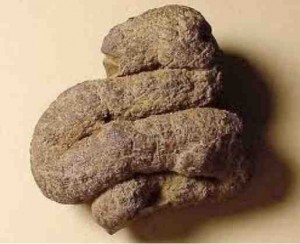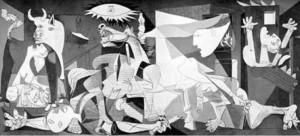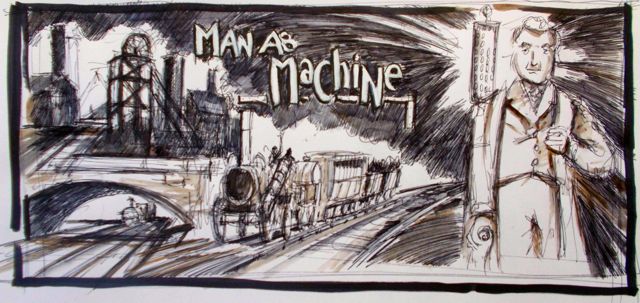Yesterday’s MDFF in this blog quoted indigenous academic, scholar and leader Patrick Dodson thus “The strategy for assimilation of our peoples is not a mistake made by low-level bureaucrats on behalf of successive governments who didn’t know better. It was and continues to be a deliberate act orchestrated at the highest levels in our society, and no amount of moral posturing can hide that reality. This Assimilation I talk of has not been evidenced by equality, but by further control, incarceration and subjugation to norms and values without our consent.”
Today’s Poem “Conservatives Sells” is from indigenous Poet, Lionel G Fogarty’s 13th book, Eelahroo (Long Ago) Nyah (Looking) Mobo-Mobo (Future)
Conservatives Sells
Here is the Modern humorous
Aboriginal best known to be conservatives
And black students who just care bout getting
Their degrees.
Translate this and we get them thinking white
Not all are serious for their people’s voices.
We will be critical of you live in white communities just for comfort
Conservative blacks will turn
To us for themes
But the method will be white instructions.
Sure them darkies have beautiful
Gentle face of intelligence
But we both Ancient and new will out do.
Our excellence with sober
Wisdoms will brake
Arrogant illustrates
Now you conservative blacks
Think it’s time for new ways
Where sunlight creates appeal
Where effort s be no more
Where opinions is a choose
And rich is sensibly reasons
Have live-in in luxuries.
So your Antithesis treatments
Comes clearly of nonsense
Writing we read by youse.
Past forgive rest in the divine
Trueness of our blackness
Yet conservative blacks are
Trying to be naive fighters
Thinking they do in goodness for us
Seeing it as development for us
Here we are Modern blacks too
Yet we have these conservatism in
Some blacks in power decisions who
Just play white games.
We must denounce destroy these suckers?
We Aboriginal have folklore
And you tells us dat J.C. came over here,
This is not via Christianity.
Mythological we are
Native legends we are
The eccentric by white
Fairy tales is typical
But we are typical blacks
A mysterious adventurous
Human go sets white man
Came unincorporated in narratives.
Now here in 2019 their government
Wants to buy our land up
North Q.L.D. BACK FOR US.
Gee-shit aren’t this tribally out rightfully own land anyway
Peoplestoday misinform what imparts with maternalistic
Whites or yellow Japs.
Certainly this thing happening
To our land cultural moving flightiness,
Is a white classic?
Most think Aboriginal themes
Causes of declines and banishment is not neglected
Disregarded anymore.
As changed for the betterments
Of our blacks here and there
This the fake foolishment of
Your 2019 societies.
They’ll give back a skull or
Bones, but in the long run
Take the mind soul maybe.
Most whites and some blacks are
Profoundly pessimistic viewing.
(Sunday 10.30 pm, 2011-01-09)









